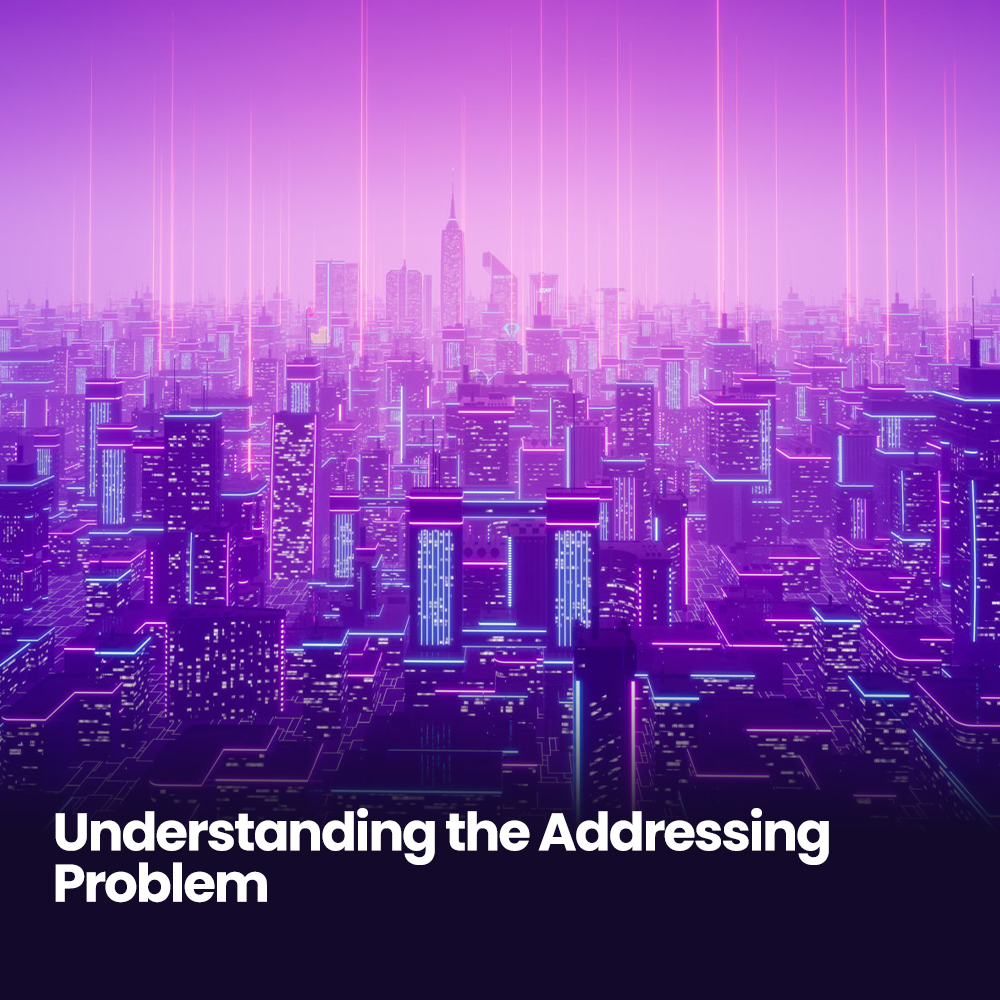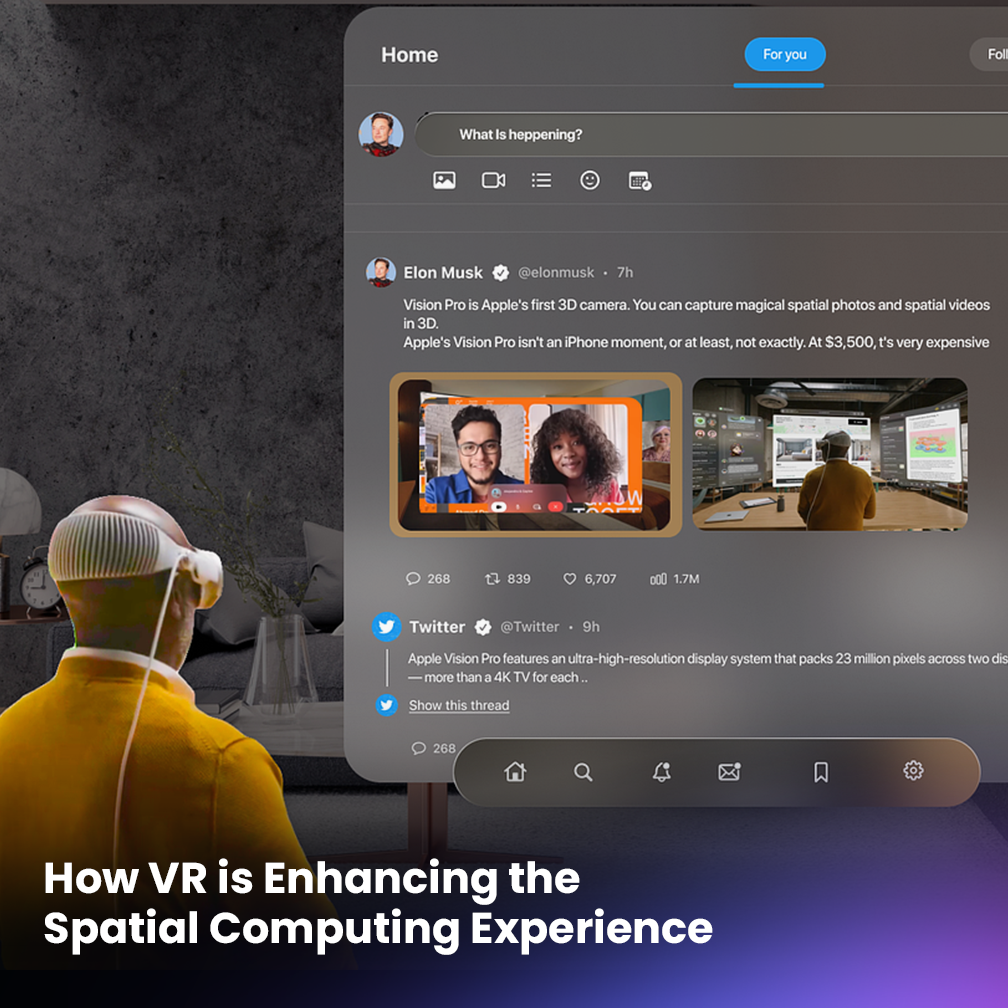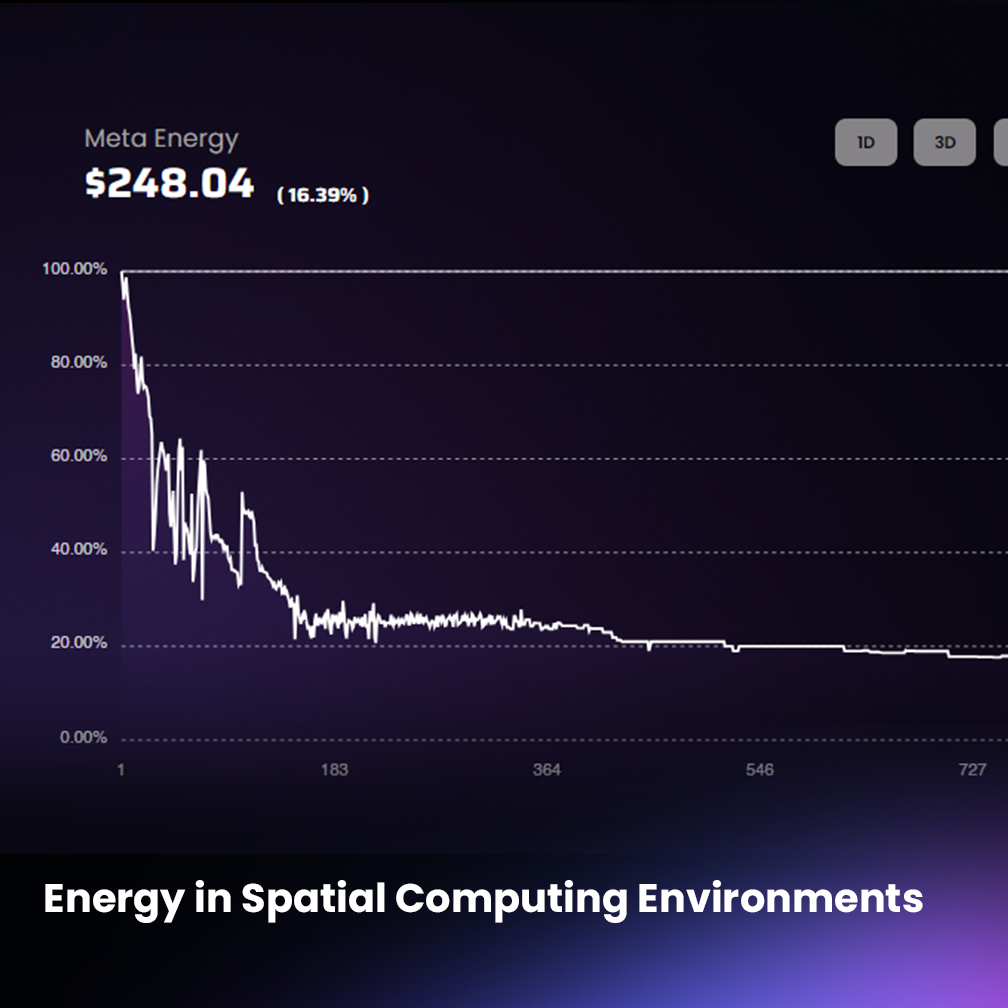
The spatial computing concept has been gaining popularity in recent years. However, one problem must be addressed before this vision can be fully realized: spatial computing’s addressing issue.
This problem affects both users, who need a reliable way to find and interact with entities in spatial computing, as well as developers, who need to ensure interoperability across different platforms. In this blog post, we will explore the challenges of addressing and naming in spatial computing and discuss solutions that can help unify it and unlock its full potential. We will also look at how stakeholders such as developers, users, and regulators need to work together to address this problem successfully.
In spatial computing, just as in the real world, entities need to be identified and located in order to interact with them. This requires a system that is both robust and scalable enough to accommodate a growing number of entities.
The Challenges of Unifying Spatial Computing
A key challenge when it comes to addressing and naming in spatial computing is scale. In order for entities, from individual users to virtual objects, to be able to interact with each other in spatial computing, there needs to be a way for them all to be uniquely identified.
Another challenge is the issue of interoperability. In the real world, we use a variety of different addressing and naming systems, from street addresses to domain names. Spatial computing consists of many different virtual worlds and platforms, each with their own unique addressing and naming systems.
This can create what is known as spatial computing’s Addressing Issue: a fragmented and confusing landscape for users, as well as make it difficult for entities on different platforms to interact with each other. Thus, it is important to develop a unified system for addressing and naming that can work across different platforms.
Potential Solutions to Spatial Computing’s Addressing Problem
One potential solution to spatial computing’s addressing problem is the use of blockchain technology. Blockchain can provide a secure and decentralized system for managing identities and addresses in spatial computing, ensuring that each entity has a unique and immutable identifier that can be used across different platforms.
By leveraging distributed ledger technology, spatial computing entities can be properly identified, allowing them to interact with each other seamlessly while still maintaining privacy. This could provide a reliable foundation for managing identities and addresses in spatial computing.
Another approach is the use of a common naming standard, such as the Domain Name System (DNS) used on the internet. A spatial computing DNS would allow spatial computing entities to be identified and located using hierarchical, descriptive names. This would make it easier for users to find and interact with spatial computing entities and facilitate cross-platform communication.
In the end, spatial computing addressing issue is complex and requires collaboration between stakeholders such as developers, users, and regulators. Developers must work together to create standards and protocols that can ensure cross-platform interoperability. Users need to be educated on how spatial computing addressing works so they can find the entities they are looking for. And finally, regulators need to provide clear guidelines on how spatial computing companies should handle user data privacy and other issues related to spatial computing identity management.
Only through cooperation among these stakeholders will we be able to unlock the full potential of spatial computing by ensuring that its entities can interact with each other securely and reliably. In order for spatial computing to truly become unified, it is essential that stakeholders work together on this issue.
By working together to develop a comprehensive and reliable system for addressing and naming, we can help to ensure that spatial computing lives up to its full potential as a truly revolutionary digital world.
Addressing and naming in spatial computing is a complex problem with no easy solutions. However, by leveraging blockchain technology and common naming standards such as DNS, we can create a more unified spatial computing where entities can interact seamlessly and securely. One promising solution to this, being somewhat of the best of both worlds, is Stage Meta’s Teleport Plaque Address technology.
We will talk more about Teleport Plaque Addresses in our following blog post, but they sit in between these two alternatives, functioning as addresses for locations with a code similar to a DNS system, but it works based on blockchain.
Spatial computing is an ever-evolving landscape with limitless potential. Addressing and naming in spatial computing is a crucial step toward making this potential a reality.
By tackling Spatial Computing’s Addressing issue together, we can make it a place where users from all around the world can interact in an increasingly secure and interconnected manner.
This could open up incredible new opportunities for everyone involved, both virtual and real-world. With collaboration among stakeholders, we can create a spatial computing where anyone can find what they are looking for. That’s something worth striving for.








